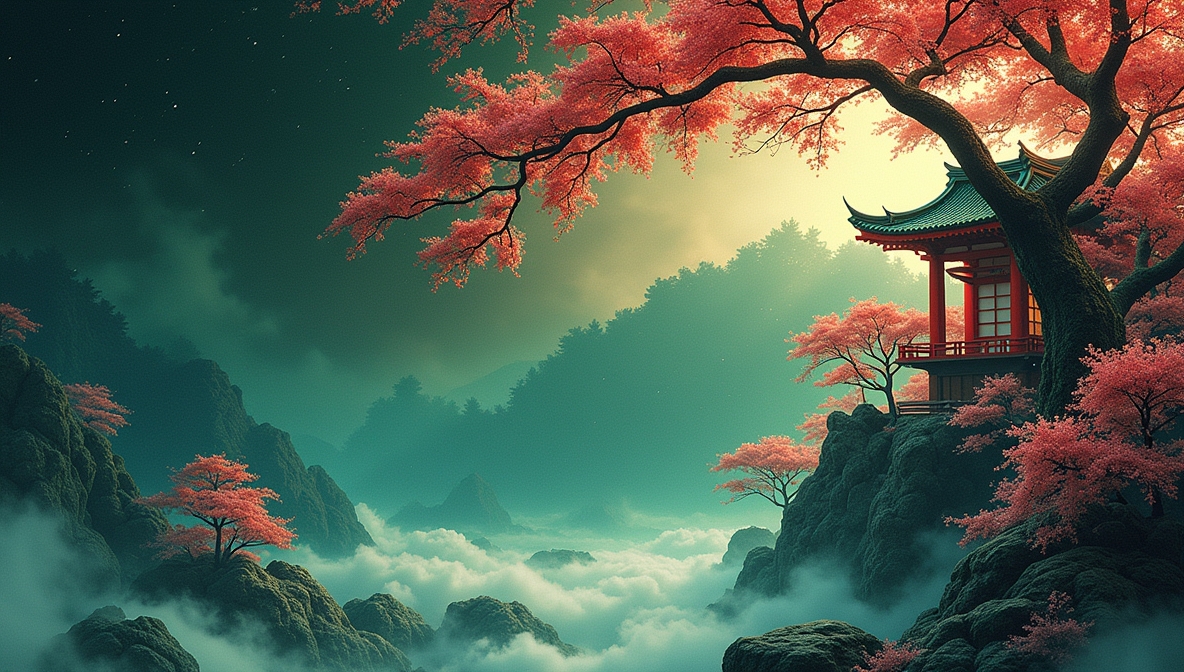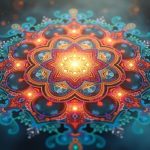Japanese Ukiyo-e prints have left an unmistakable mark on global art, shaping movements, influencing artists, and redefining aesthetics. Originating in the Edo period (1603–1868), these woodblock prints depicted urban life, landscapes, kabuki actors, and courtesans. Their distinct style—bold outlines, flat areas of color, and asymmetrical compositions—challenged Western artistic conventions. As these prints spread beyond Japan, they reshaped artistic expression worldwide.
Origins of Ukiyo-e and Its Cultural Significance
Ukiyo-e, meaning “pictures of the floating world,” captured the vibrancy of Edo-period Japan. The genre emerged as a response to a rising urban middle class eager for affordable artwork. Masters like Hokusai, Hiroshige, and Utamaro refined the craft, creating prints that celebrated everyday life, historical events, and nature.
Key features of Ukiyo-e include:
- Asymmetrical Composition – A break from European perspective techniques
- Flat Color Blocks – A focus on shape and form rather than depth
- Bold Contours – Simplified yet expressive linework
- Nature and Daily Life Themes – A departure from religious or aristocratic subjects
These characteristics made Ukiyo-e both accessible and visually striking, leading to its influence across various artistic disciplines.
How Ukiyo-e Reached the West
1. Japan’s Opening to Trade
For centuries, Japan remained isolated under the Tokugawa shogunate. This changed in 1853, when Commodore Matthew Perry forced the country to open its ports to international trade. Western merchants and travelers encountered Ukiyo-e prints, leading to their widespread export.
2. Japonisme in 19th-Century Europe
By the 1860s, Japanese art captivated Europe, sparking a movement known as Japonisme. Collectors, artists, and designers integrated Ukiyo-e aesthetics into their work, altering the trajectory of Western art.
3. World’s Fairs and Exhibitions
Major expositions, such as the 1867 Exposition Universelle in Paris, introduced Ukiyo-e to a broader audience. Artists like Van Gogh, Monet, and Degas became avid collectors, incorporating Japanese elements into their paintings.
Ukiyo-e’s Influence on Major Art Movements
Impressionism: Breaking the Rules of Perspective
Western painters accustomed to linear perspective and chiaroscuro found new inspiration in Ukiyo-e’s unconventional compositions. Impressionist artists embraced:
- Flattened space – Reducing depth to emphasize form
- Vibrant color contrasts – Inspired by woodblock palettes
- Cropped frames – Mimicking the dynamic angles of Japanese prints
Claude Monet filled his home with Ukiyo-e prints, while Edgar Degas adopted their off-center perspectives in his ballet scenes. Vincent van Gogh even copied Hokusai’s works, using bold outlines and unnatural colors reminiscent of woodblock techniques.
Post-Impressionism and Expressionism
Post-Impressionists pushed Ukiyo-e’s influence further. Gauguin, Toulouse-Lautrec, and Munch adopted:
- Simplified forms – Rejecting classical realism
- Symbolic color palettes – Prioritizing mood over accuracy
- Flat compositions – Eliminating unnecessary depth
Edvard Munch’s “The Scream” exhibits a flowing, curvilinear background reminiscent of Hokusai’s waves, while Toulouse-Lautrec’s posters mirror Japanese woodblock prints in their bold outlines and flattened backgrounds.
Art Nouveau and Decorative Arts
Ukiyo-e’s organic forms and asymmetry directly inspired Art Nouveau, a movement that emphasized flowing lines and nature-based motifs. Decorative artists incorporated:
- Stylized floral patterns
- Curved typography
- Graphic silhouettes
Architects like Hector Guimard and illustrators like Alphonse Mucha embraced these elements, creating works that echoed Ukiyo-e’s fluidity.
Ukiyo-e’s Influence Beyond Painting
Graphic Design and Illustration
The modern comic and animation industries owe much to Ukiyo-e. The clear lines, exaggerated expressions, and dynamic compositions seen in manga and anime reflect woodblock print traditions.
Notable examples include:
- Osamu Tezuka’s manga panels – Inspired by Ukiyo-e’s storytelling through imagery
- Hayao Miyazaki’s landscapes – Drawing from Hiroshige’s scenic compositions
- Contemporary graphic design – Japanese aesthetics in logos, advertising, and fashion
Photography and Cinematic Framing
Filmmakers have borrowed Ukiyo-e’s visual principles for decades. Directors like Akira Kurosawa and Wes Anderson employ:
- Flat perspectives – Scenes without deep focus
- Strong horizontal compositions – Evoking Hiroshige’s prints
- Negative space and asymmetry – Creating tension and balance
Fashion and Textiles
Japanese patterns and Ukiyo-e motifs appear in high fashion, influencing designers like Alexander McQueen and Issey Miyake. Traditional kimono prints now inspire global fashion trends.
Ukiyo-e in the Digital Age
Tattoo Art and Pop Culture
The bold outlines and themes of Ukiyo-e prints have found a new home in tattoo artistry. Traditional irezumi (Japanese tattoos) incorporate waves, dragons, and samurai, continuing the legacy of Edo-period aesthetics.
Contemporary Art and Street Culture
Modern artists remix Ukiyo-e motifs, blending them with graffiti, digital art, and NFTs. Ukiyo-e’s storytelling methods now influence webcomics, gaming visuals, and even branding.
Ukiyo-e’s Lasting Legacy
Japanese woodblock prints reshaped how artists approached perspective, color, and composition. From Impressionist canvases to digital illustrations, their influence endures. Whether in galleries, design studios, or movie screens, Ukiyo-e continues to shape global aesthetics.


